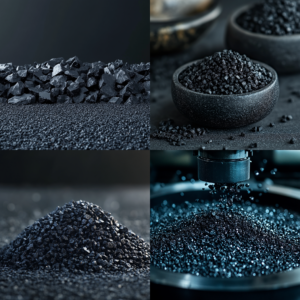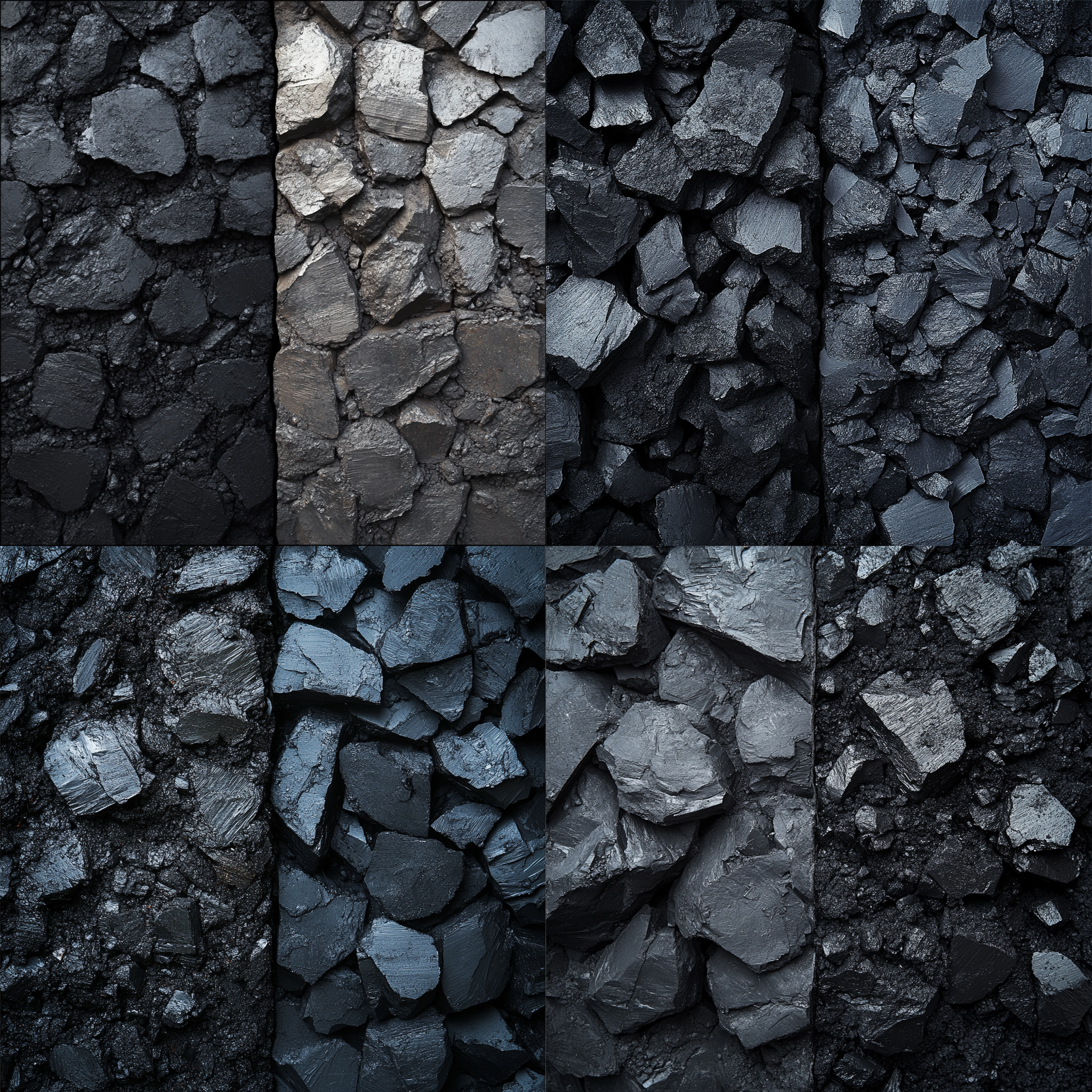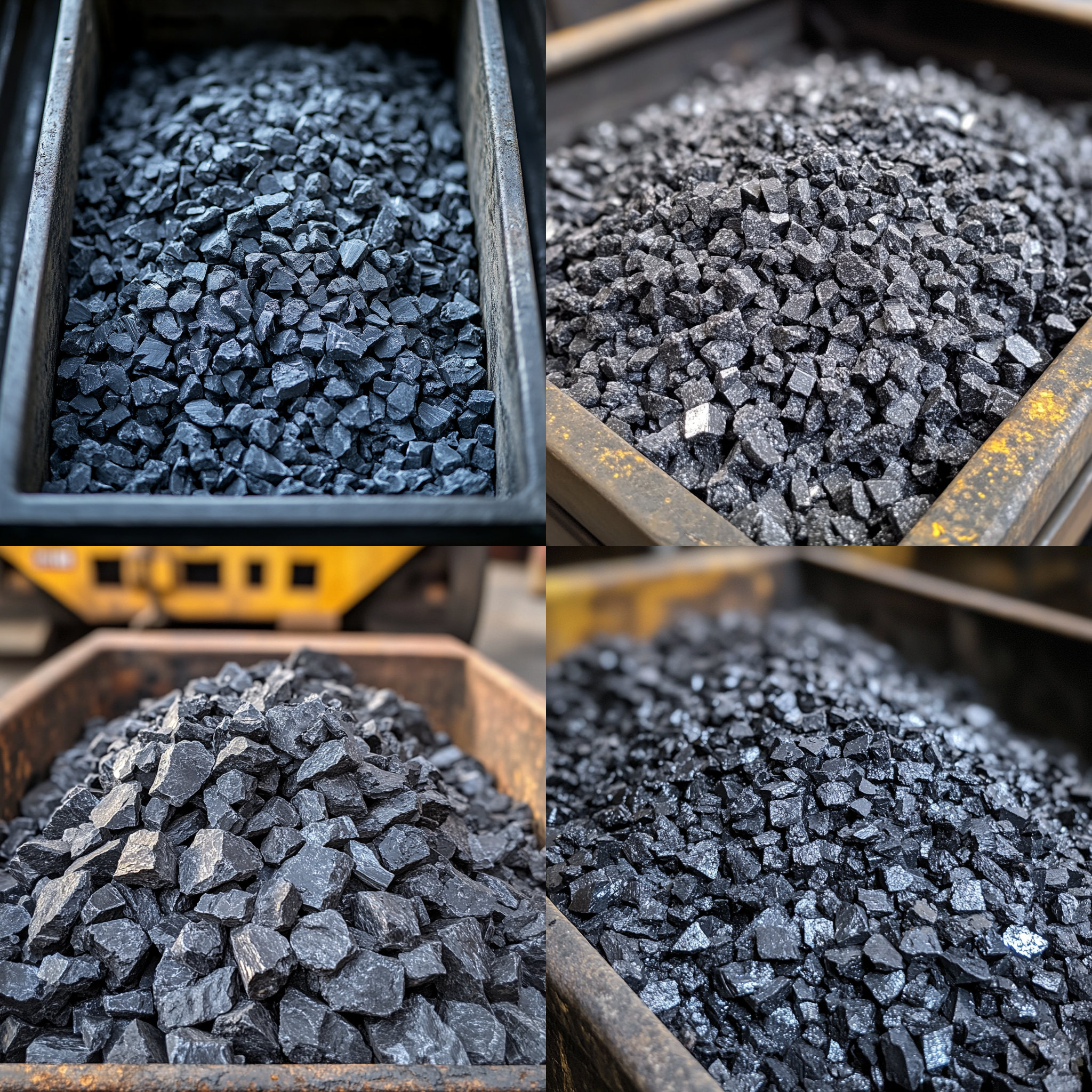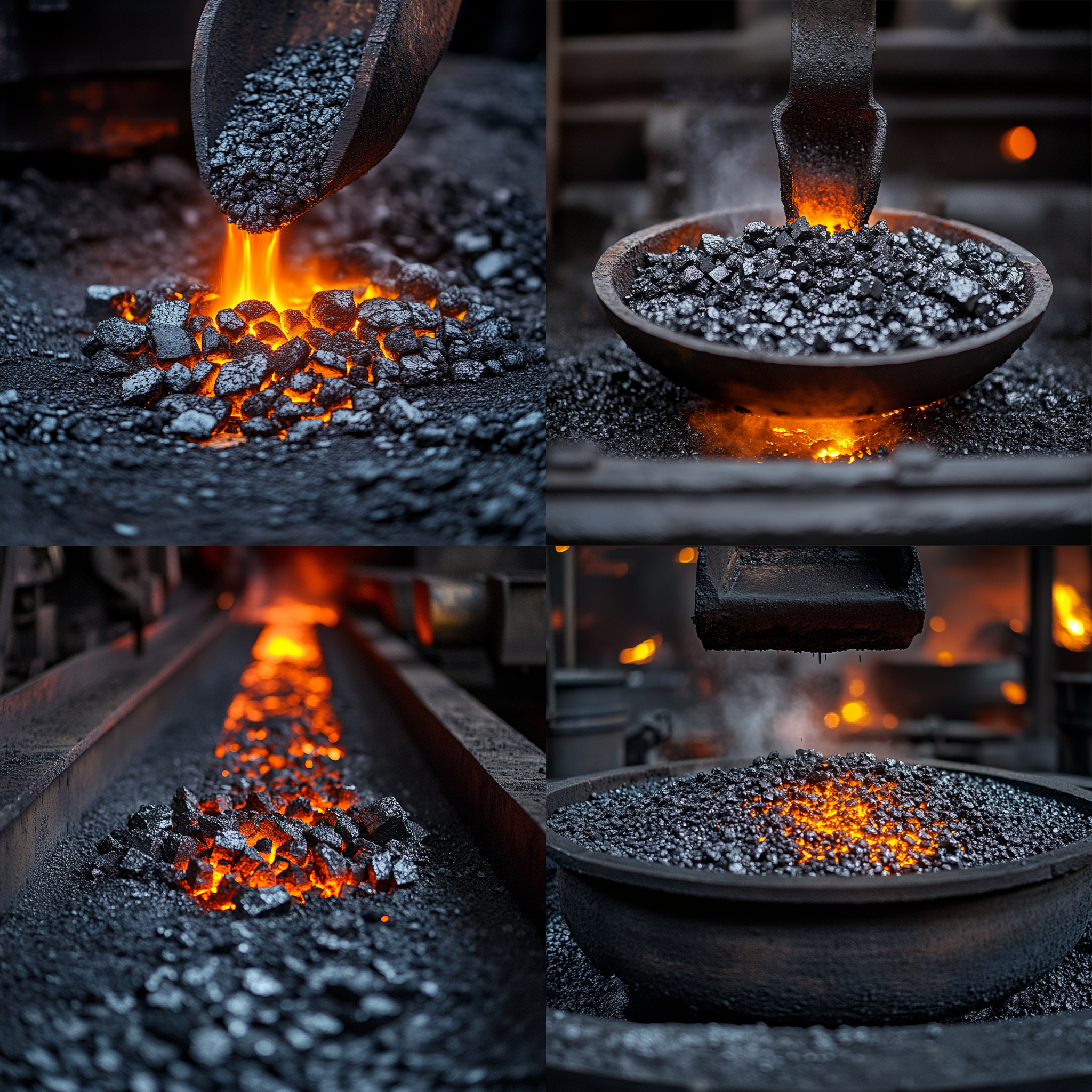I remember the first time I encountered calcined anthracite—it completely changed how I viewed manufacturing efficiency. Let me share why it’s so impactful.
-
Calcined anthracite, a refined form of coal, enhances manufacturing processes by improving energy efficiency and reducing impurities. It’s cost-effective and reliable for various industries.
My journey with calcined anthracite taught me its incredible potential. Let me show you how it works and why it’s worth considering.
What Is Calcined Anthracite Coal?
When I first heard about calcined anthracite, I thought, “How different can it be from regular coal?” I was amazed by what I learned.
- Calcined anthracite coal is anthracite that’s heat-treated to eliminate impurities, making it ideal for industrial applications. Its high carbon content ensures efficiency. For more details of calcined anthracite coal.
Calcined anthracite is produced by heating raw anthracite in a controlled environment. This process removes volatile substances like moisture and ash, resulting in a dense, high-carbon product with low sulfur levels. I once worked with a client in the steel industry who struggled with product consistency. After switching to calcined anthracite, their operations transformed.
Key Features of Calcined Anthracite
| Feature | Description |
|---|---|
| High Carbon Content | Ensures better fuel efficiency and reduces energy waste. |
| Low Impurities | Minimizes contamination in end products. |
| Versatility | Suitable for steelmaking, aluminum smelting, and foundries. |
What Is the HS Code for Calcined Anthracite Coal?
Understanding HS codes once felt overwhelming, but learning about calcined anthracite’s classification made trade much easier.
- The HS code for calcined anthracite coal is 382490, which standardizes global trade and ensures compliance.
The Harmonized System (HS) code simplifies international trade by categorizing goods systematically. Calcined anthracite’s HS code, 382490, ensures uniformity in tariffs and customs. When I started managing shipments, I quickly learned that verifying HS codes prevented costly delays. For calcined anthracite, this classification is essential for smooth operations.
How Does Calcined Anthracite Improve Efficiency in Manufacturing?
Over the years, I’ve seen how calcined anthracite becomes a game-changer in manufacturing, especially in improving energy use.
Calcined anthracite optimizes energy use, reduces material waste, and enhances product quality across various manufacturing sectors.
One of my favorite examples was helping an aluminum smelter improve production processes. They switched to calcined anthracite and saw immediate results. It acts as a recarburizer in steelmaking, ensuring precise carbon levels, and in foundries, it enhances casting quality by reducing impurities.
Why Choose Calcined Anthracite Over Other Materials?
| Property | Calcined Anthracite | Alternative Materials |
|---|---|---|
| Carbon Content | High (90-95%) | Moderate (60-80%) |
| Impurities | Low | Variable |
| Cost-Effectiveness | High | Moderate |
Benefits of Calcined Anthracite in Manufacturing?
Why do industries rely so heavily on calcined anthracite? The answer lies in its unique benefits.
- Calcined anthracite improves manufacturing efficiency by reducing waste, enhancing energy use, and ensuring product consistency.
The benefits of calcined anthracite are evident across sectors. In steelmaking, it ensures accurate carbon levels. In aluminum smelting, its low sulfur and ash content prevent contamination. These features make it a reliable choice for industries aiming to boost efficiency without compromising quality.
Conclusion
Calcined anthracite is more than a raw material—it’s a reliable solution for industries aiming to improve efficiency and product quality.
Call to Action
Want to learn more or place an order?
📧 Email: [email protected]
📞 WhatsApp: +86 18202528603





